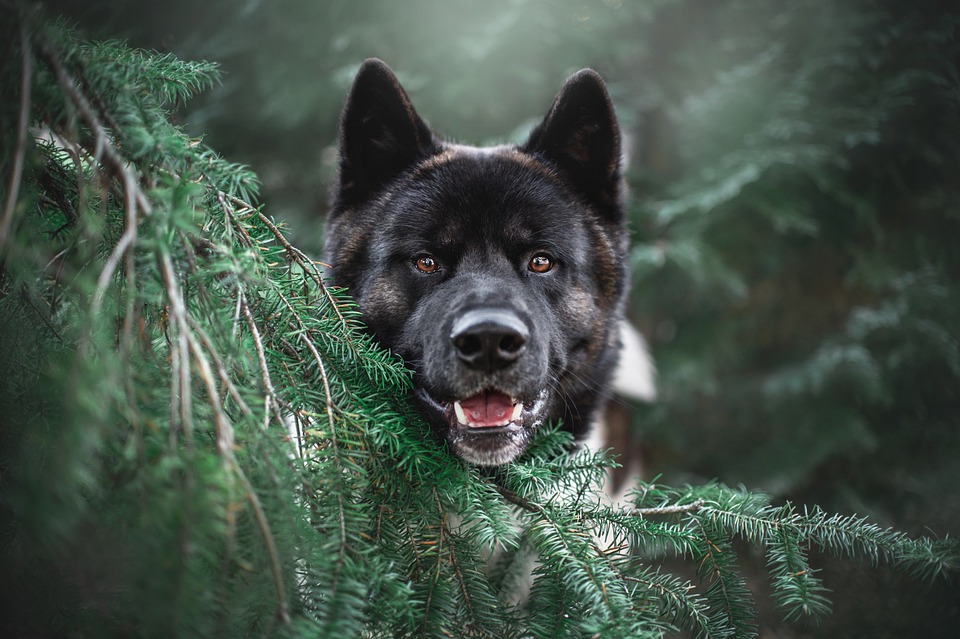Potty training is an essential step in owning a puppy, ensuring they grow into well-behaved and house-trained dogs. While it may seem overwhelming at first, with the right guidance and consistency, you can successfully potty train your furry companion. In this ultimate guide, we will walk you through the steps and provide valuable tips to make the process as smooth as possible.
Understanding the Basics of Potty Training
Consistency is key when it comes to potty training. Establishing a routine and sticking to it will help your puppy understand where and when they should eliminate. Take them to the same spot every time and use the same verbal cues or commands to reinforce the behavior.
Positive reinforcement techniques are also crucial. Praise your puppy and offer treats when they eliminate in the appropriate spot. This positive reinforcement will reinforce the desired behavior and make them more likely to repeat it in the future.
Setting Up a Suitable Environment
Choosing the right potty spot is important. Find an area outside that is easily accessible and away from high-traffic areas. This spot should be consistently used to reinforce the association between that spot and potty time.
Utilizing crate training can be a valuable tool in potty training. Dogs naturally avoid soiling their sleeping area, so using a crate can help teach them to hold their bladder until they are taken outside. Make sure the crate is appropriately sized for your puppy and provide them with a comfortable place to rest.
Puppy-proofing your home is essential during the potty training process. Remove any hazardous objects or valuable items that your puppy may be tempted to chew on. This will help prevent accidents and redirect their attention to appropriate chew toys.
The Step-by-Step Potty Training Process
Take your puppy outside frequently, especially after meals, naps, play sessions, and before bedtime. Puppies have small bladders and need to eliminate frequently.
Recognize the signs that your puppy needs to go. These signs may include restlessness, sniffing the ground, or circling. When you notice these signs, immediately take them to the designated potty spot.
Use verbal cues or commands to signal to your puppy that it is potty time. Consistently using the same cue will help them associate the command with the desired behavior.
When your puppy successfully eliminates in the appropriate spot, reward them with praise and treats. This positive reinforcement will strengthen the association between eliminating in the right place and receiving rewards.
Troubleshooting Common Challenges
Accidents indoors are bound to happen during the potty training process. When accidents occur, remain calm and clean up the mess without scolding your puppy. Punishment can cause fear and hinder the training progress. Instead, focus on reinforcing the appropriate behavior and redirecting them to the designated potty spot.
Regression is not uncommon during the potty training process. If your puppy starts having accidents after making progress, revisit the basics of potty training and reinforce consistency and positive reinforcement.
Separation anxiety can also affect potty training. If your puppy becomes anxious when left alone, they may have accidents. Gradually increase the amount of time they spend alone, and provide them with toys or puzzles to keep them occupied.
Frequently Asked Questions (FAQs)
1. How long does potty training typically take?
Potty training duration can vary depending on the puppy’s age, breed, and individual temperament. Generally, it can take anywhere from a few weeks to several months for a puppy to become fully potty trained.
2. Should I punish my puppy for accidents?
No, punishment is not an effective approach. Instead, focus on positive reinforcement and redirecting their behavior towards the appropriate potty spot. Punishment can lead to fear and hinder the training progress.
3. How often should I take my puppy outside to eliminate?
Puppies have small bladders and need to eliminate frequently. Aim for taking them outside every 1-2 hours, after meals, naps, play sessions, and before bedtime. Gradually increase the time intervals as they develop better control.
4. Can I use pee pads or newspapers as an alternative?
While some owners opt for pee pads or newspapers, it can confuse the puppy as they resemble indoor surfaces. It’s best to focus on outdoor training right from the start to avoid confusion and ensure a seamless transition.
5. What if my puppy refuses to eliminate outside?
Be patient and keep a consistent routine. If your puppy doesn’t eliminate within 5-10 minutes, bring them back inside and try again in a few minutes. Avoid bringing them indoors immediately after they’ve had an accident outside, as they might associate it with going back inside.
Potty training your puppy requires time, effort, and consistency, but the results are worth it. By following the steps outlined in this ultimate guide and addressing any challenges that arise, you can successfully potty train your puppy, setting them up for a lifetime of good behavior and a strong bond with their human family. Remember, patience and positive reinforcement are key in this process, ensuring a happy and well-trained furry companion.









